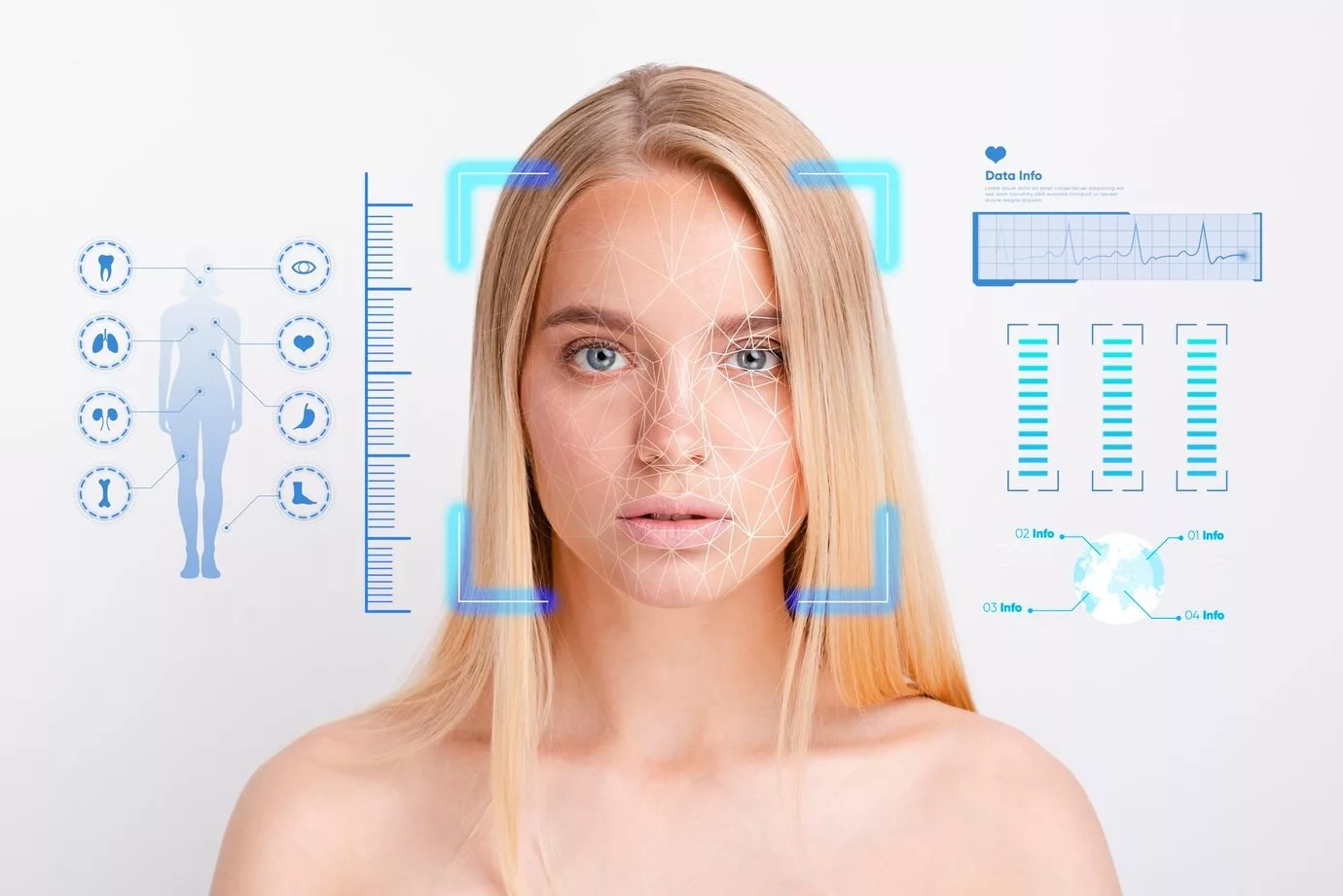
image credit: Freepik
With the announcement of OpenAI’s new generative AI model, Sora, last week, deepfake generators have been receiving extra scrutiny and media attention. Sora is a generative AI model that can create realistic videos from scratch. These videos are entirely fabricated, but they simulate reality and are extremely convincing.
However, online deepfake tools have existed for a long time. Deepfake generator tools take a person’s face and emulate their voice to make it appear as if they are saying words they have never uttered.
Today, we will be exploring the best AI deepfake generators of 2024.
1. Deepfakes Web
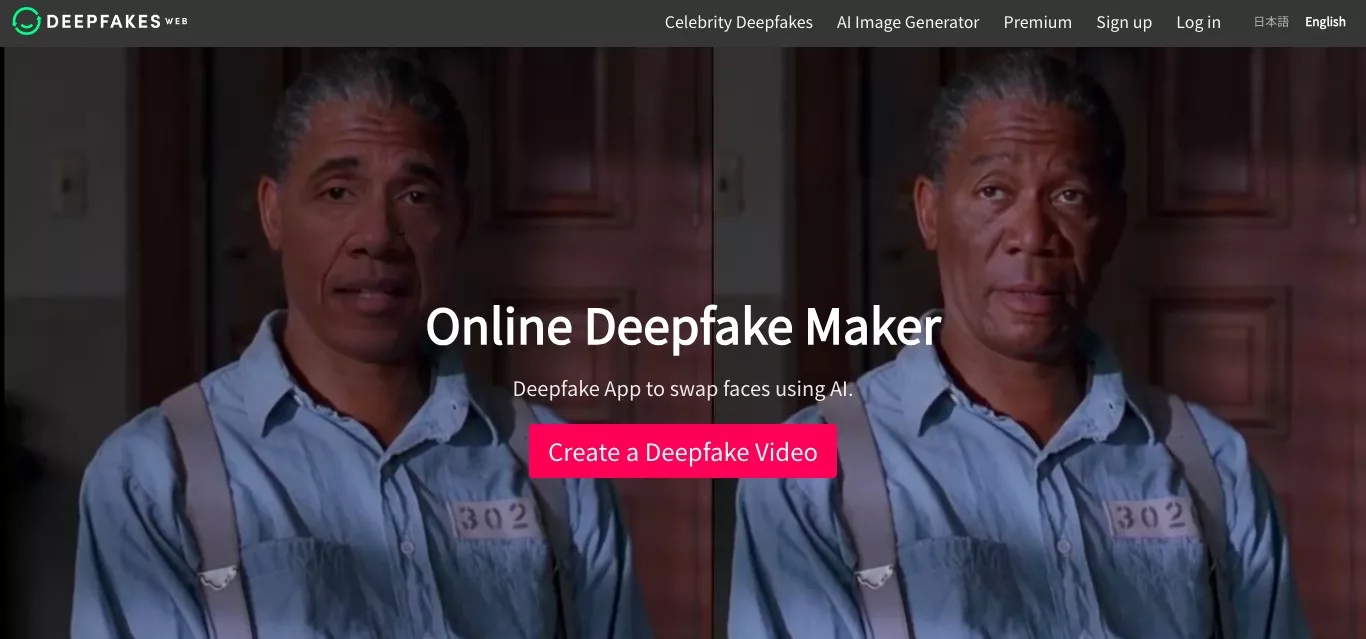
Deepfakes Web is a cloud-based deepfake tool that you can use to create realistic deepfake videos, using the power of deep learning, with just a few clicks.
Simply upload your source video (this can be you saying something or a real video of a celebrity saying something) and then upload the target video. The AI engine will render the video and swap the faces.
The more you use Deepfakes Web, and the more you train your model, the better its output will be. A basic deepfake usually costs around $20 to make, and all generated videos include a watermark indicating that they are deepfakes to prevent the spread of misinformation.
2. DeepSwap
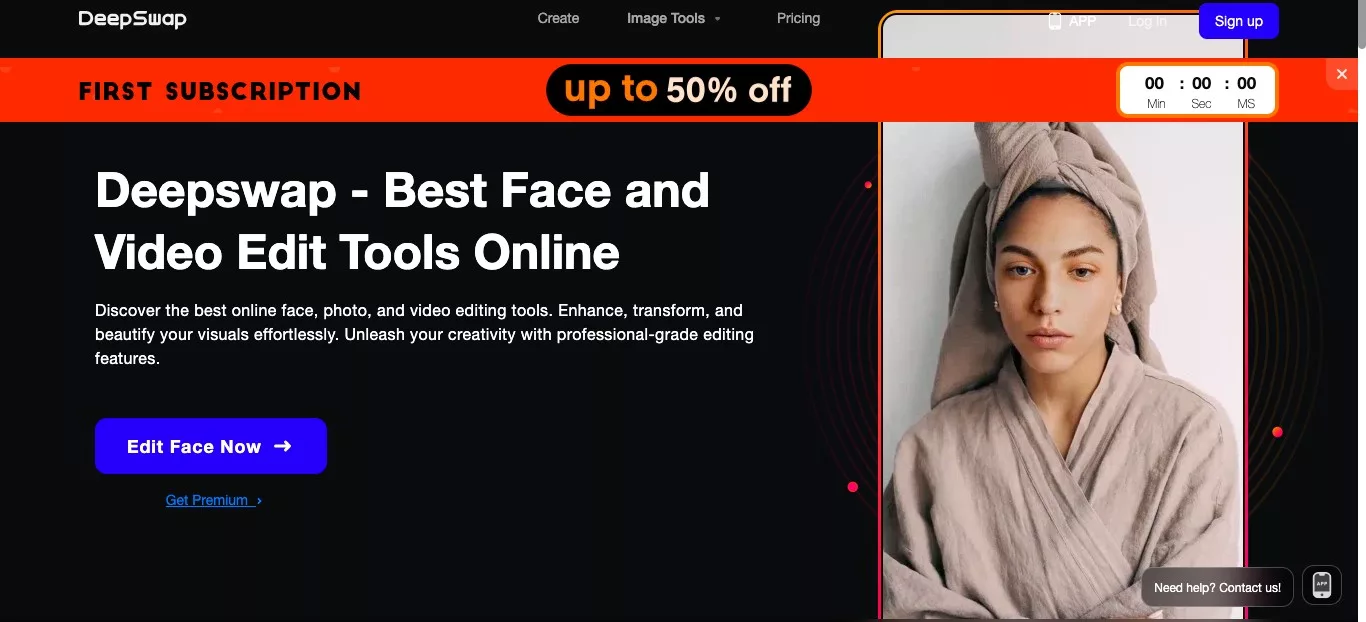
Deepswap.ai is a video editor that allows you to edit faces in videos. You can use Deepswap for free online to create fake videos of you or your friends in famous movie scenes, create memes using your friends’ or celebrities’ faces, and swap a person’s gender.
Deepswap is also great for enhancing your face in pictures and videos, making it a great tool for Instagram influencers and TikTok content creators.
3. Synthesia
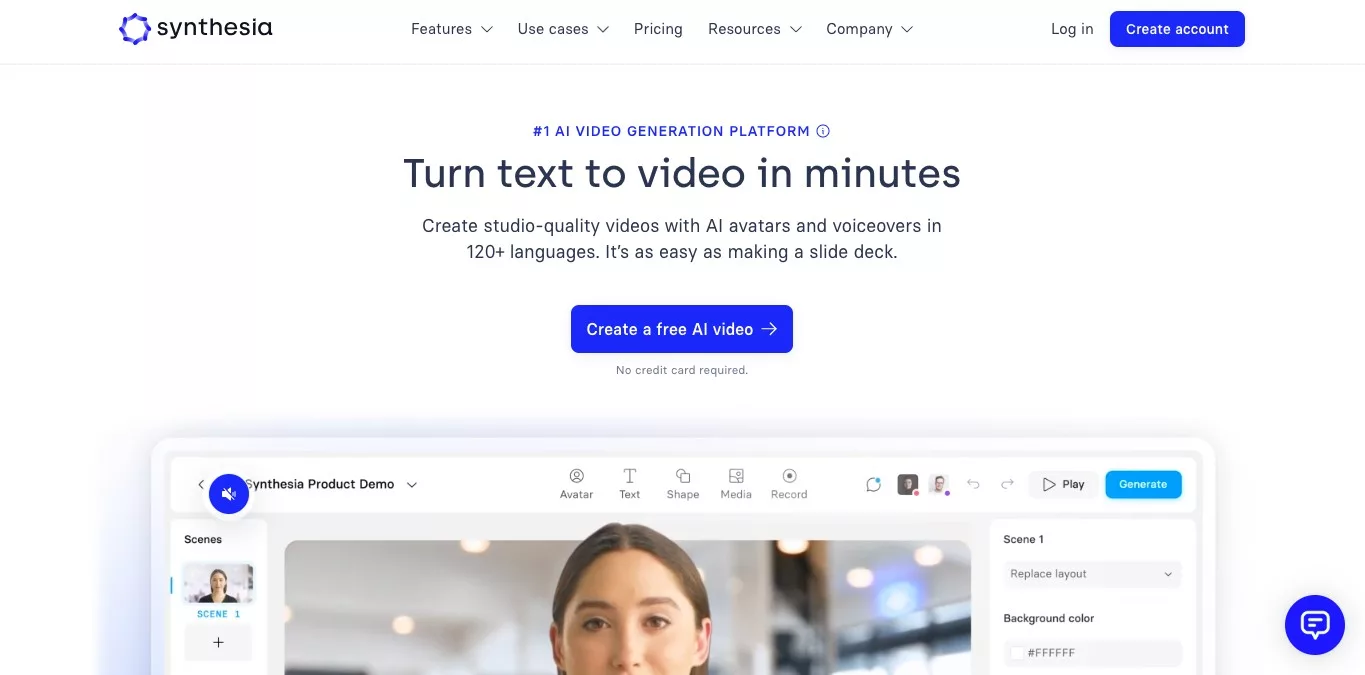
Synthesia is an AI synthesis and AI script assistant that allows you to create realistic videos using fake AI avatars. Using text to video, you can input text and output high-quality videos of fake avatars saying whatever you want them to say.
It’s designed for businesses who want to create explainer videos and for other business purposes.
You can even create a custom avatar of yourself or anyone else by recording yourself reading a script in front of a webcam. This avatar can then be made to output any text, using an AI voice from the selection of AI voices. Unlike most deepfake manipulations, the avatars are not modeled after celebrities or real people, with the exception of yourself (if you so choose).
4. My Heritage’s Deep Nostalgia
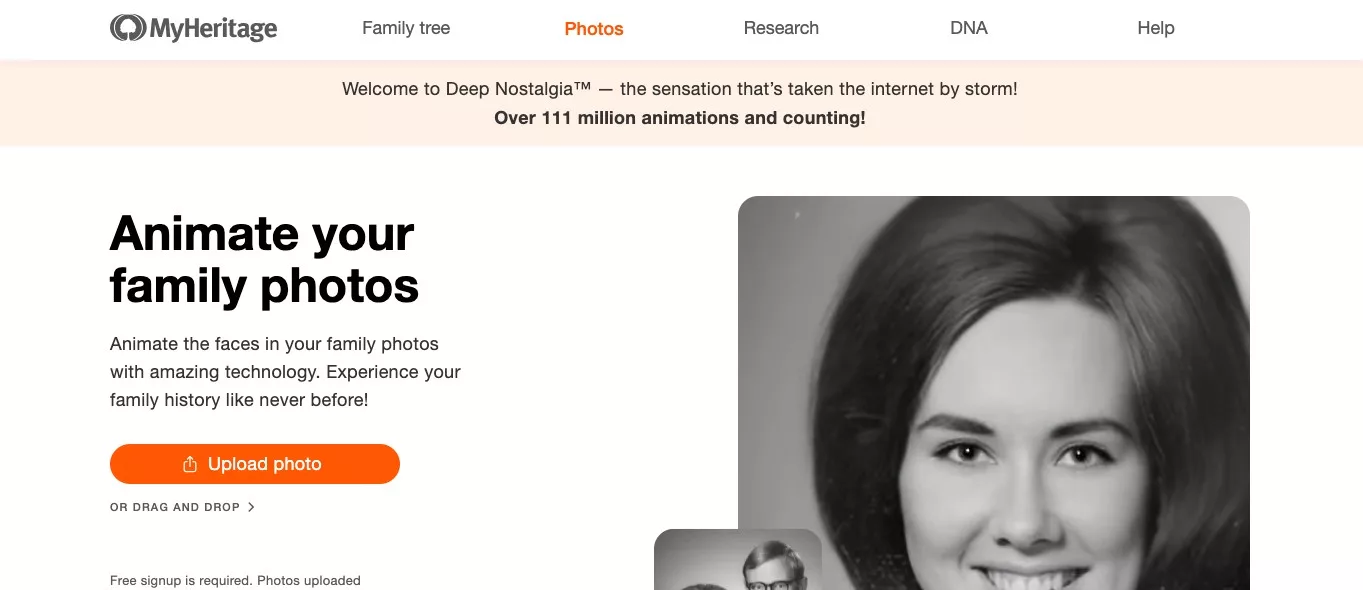
My Heritage is a genealogy website that allows you to track your family tree and genealogy. It has released a tool called My Heritage Deep Nostalgia, which uses deep learning technology to animate old family photographs, even of deceased individuals.
It basically creates deepfakes of your ancestors, giving you a glimpse into how they may have looked in real life. Deep Nostalgia values your privacy, so it will delete photos you upload instead of storing them in an online database.
5. Artguru AI
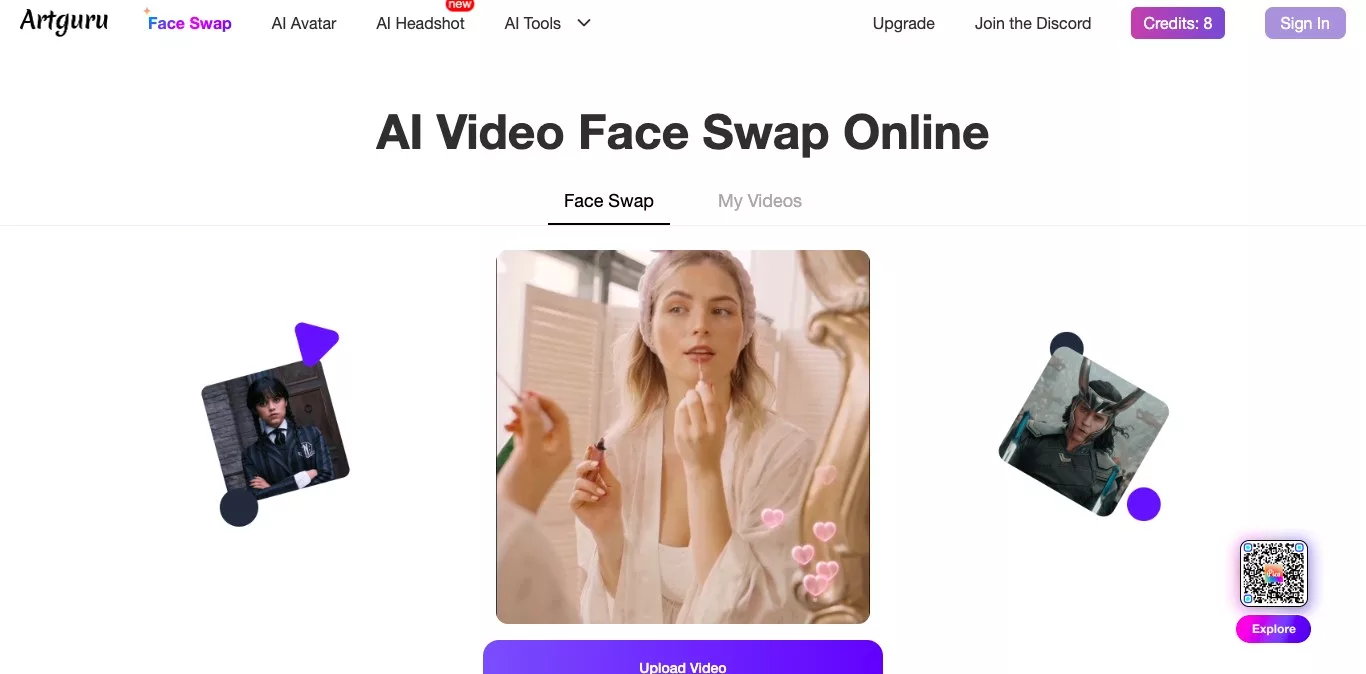
Artguru AI is a leader in synthetic media creation. It allows you to create realistic avatars and pictures, using the power of generative AI, from text-based inputs.
However, it also has a video face swap web-based AI deepfake tool, which allows you to swap your face (or someone else’s face) onto videos to create original memes and clips. There is also a photo face swap tool, which you can use for swapping faces in pictures as opposed to videos.
6. Reface AI
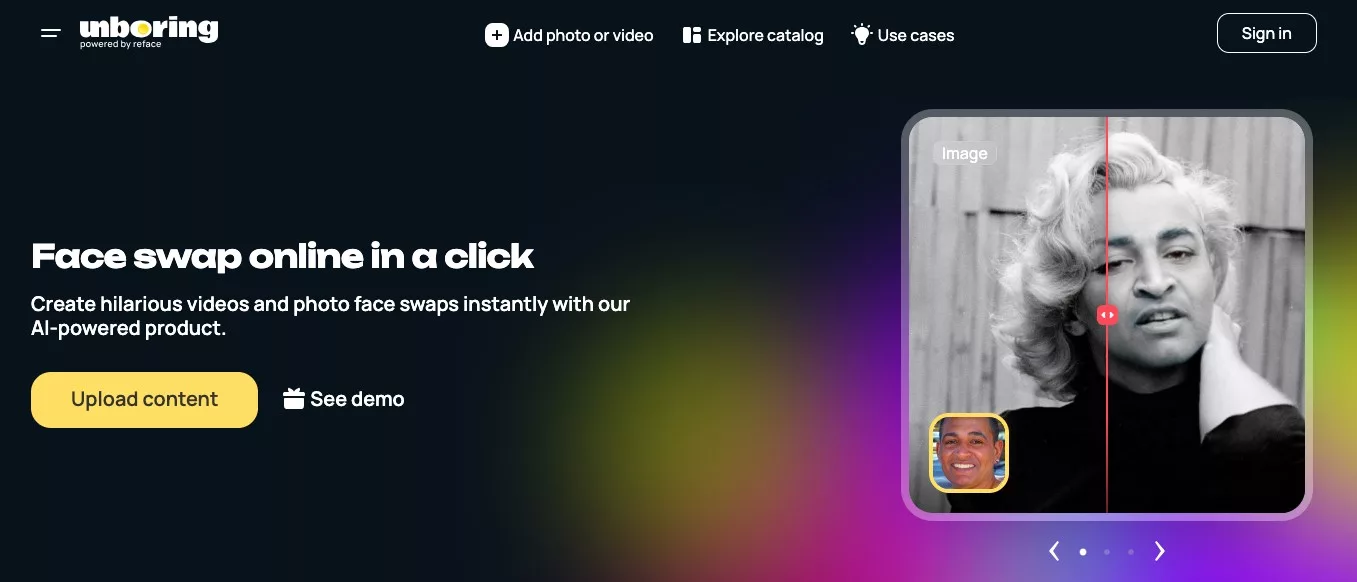
Reface AI is a popular AI-based application that allows you to animate photos, restyle images, and more. However, the most popular feature is its face swap tool.
It allows you to swap faces on pictures and create funny deepfake videos to poke fun at your family and friends. It’s designed to be a harmless and fun tool which you can use to create memes and prank your buddies.
7. DeepFaceLab
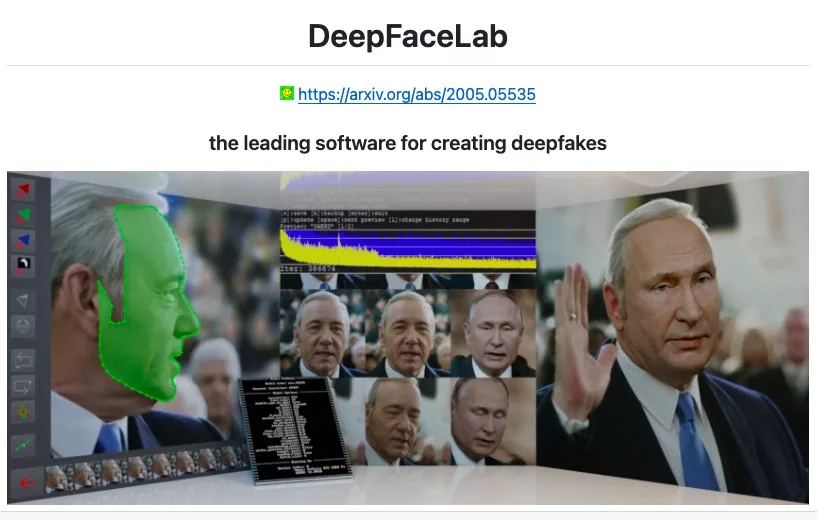
The DeepFaceLab AI program was designed to address quality issues in common deepfake web programs. It uses advanced machine learning algorithm to produce realistic deepfakes for the web.
Not only can you swap faces using DeepFaceLab, but you can also make someone look younger, manipulate the lips of politicians, and more.
8. Deepbrain AI
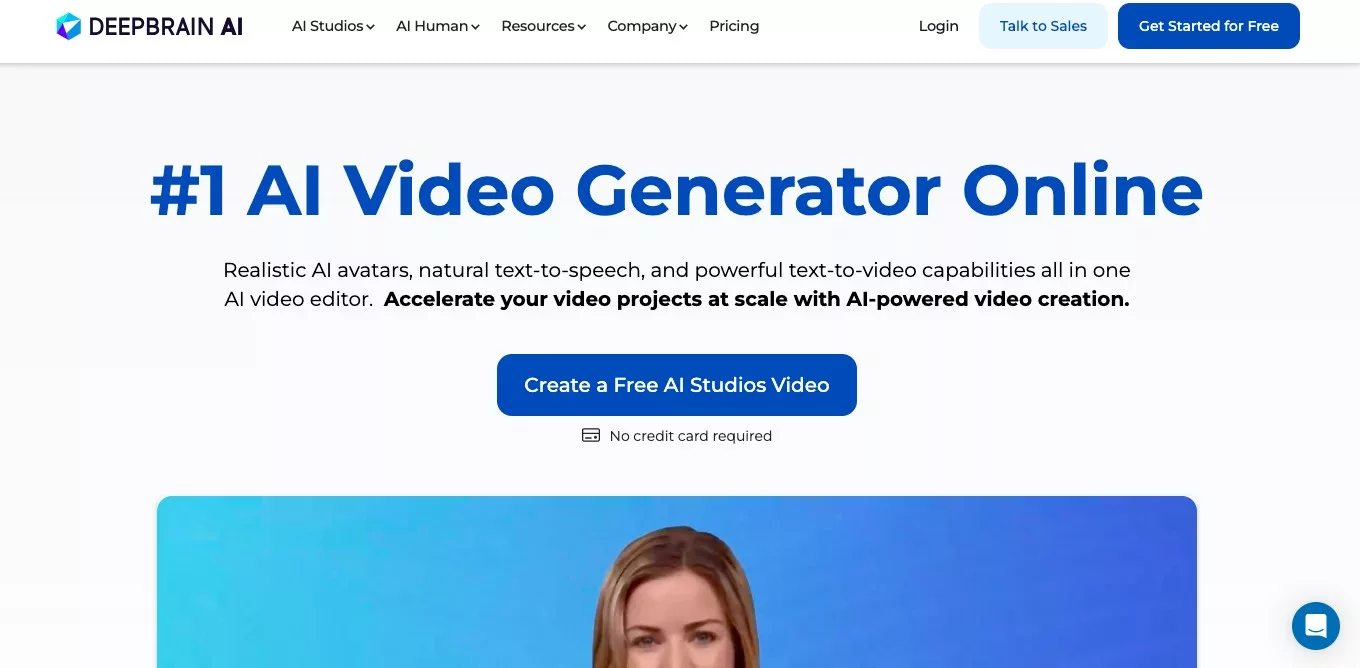
Deepface AI is an alternative to deepfakes web tools that uses machine learning algorithms to create realistic AI-generated videos. Instead of allowing you to swap a real person’s face to a video, though, it generates videos using realistic humanlike avatars that look like real humans.
There are over 100 avatars to choose from, and you can get them to say whatever you want with text to video. However, you can also create face swap videos using realistic avatars modeled after your own face or that of a team member (with their permission).
9. AnimeGenius AI
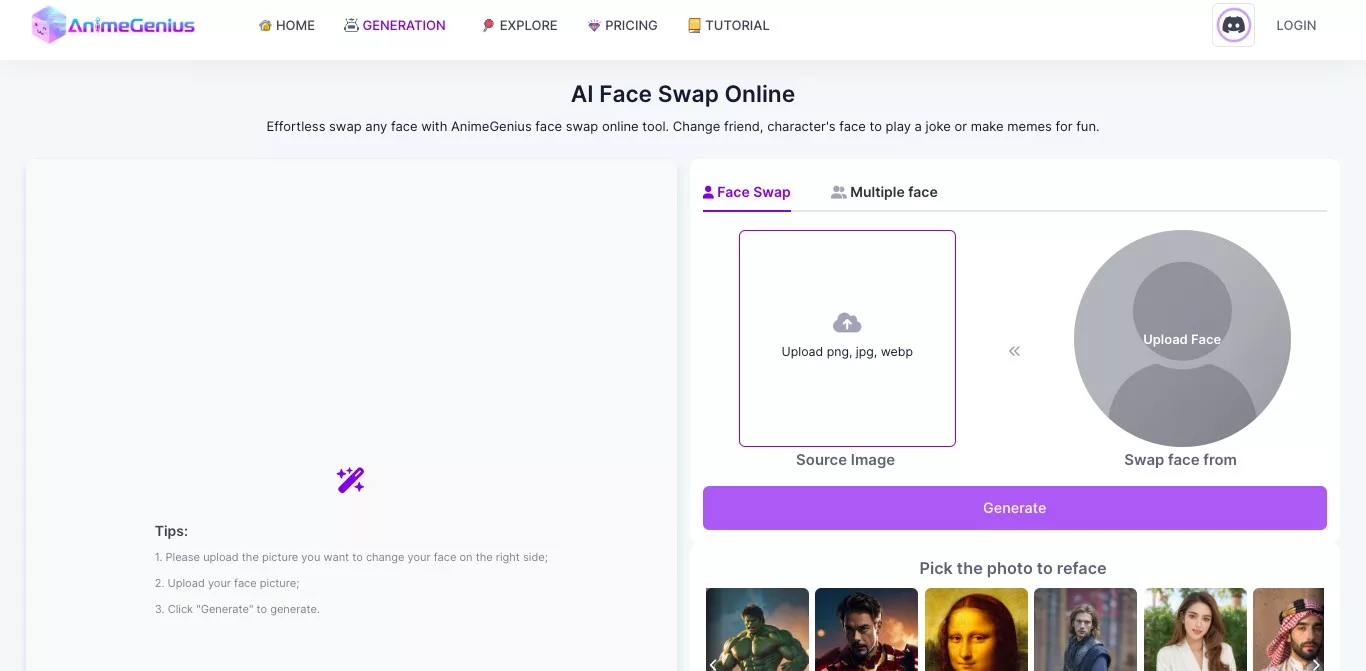
Animegenius.ai is a generative AI tool that allows you to create realistic images and artwork. You can input a text prompt or upload a sketch and turn it into amazing artwork. You can even upload a picture of yourself striking a pose and use that as a base for AI-generated artwork.
However, it also has a face swap tool. Simply upload two pictures, and the tool will use the power of AI to swap the two faces.
10. FaceApp
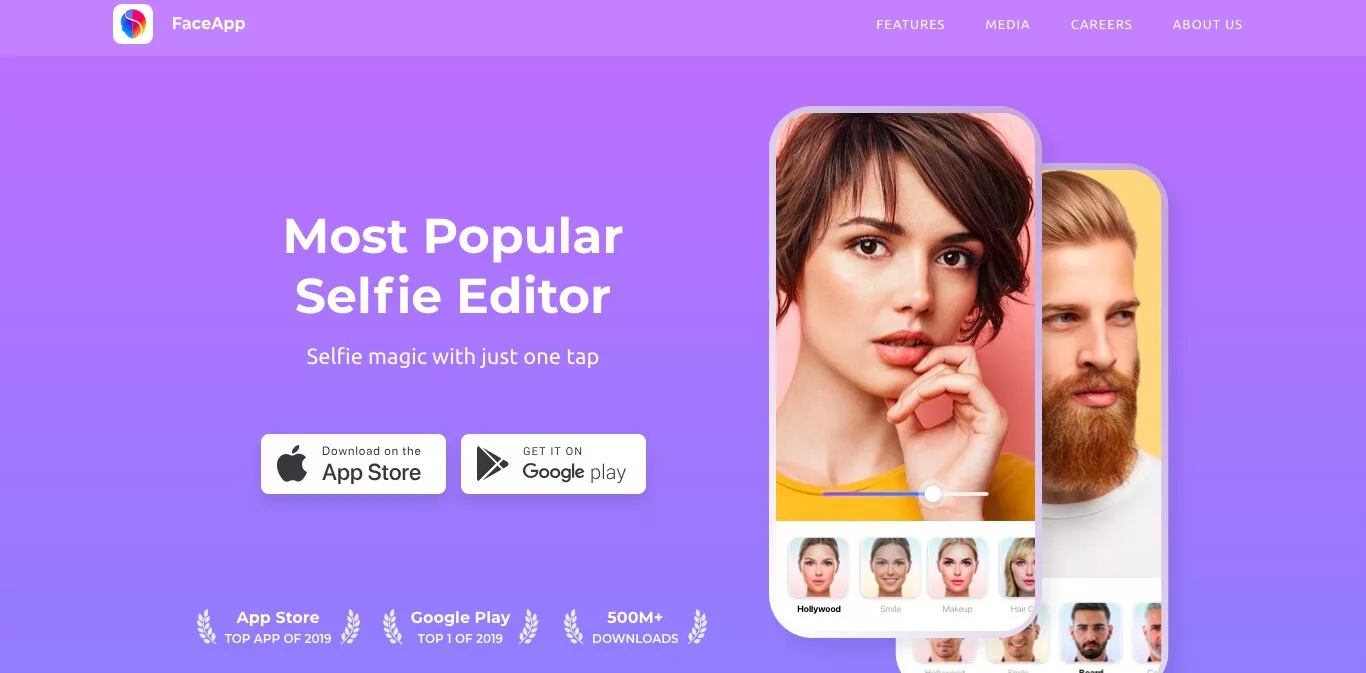
Finally, we have FaceApp, a popular application for editing and touching up pictures. The FaceApp online tool is accessible via the mobile apps on iOS and Android.
It became famous for allowing people to generate older versions of themselves, and many people use it to automatically beautify their faces before uploading selfies on Instagram. However, you can also use it to create fake images of yourself with a beard, even if you don’t have one, and other fake images.
Wrap-Up
AI deepfake generators are getting better all the time, as evident with the release of Sora (which is not yet accessible to the public). However, it is important to keep in mind ethical considerations and maintain responsible usage when creating deepfakes.
Use it to express your creativity, but don’t use it to make it appear as if someone said something they didn’t. For example, you can use it to create memes of yourself, but not to pretend that someone confessed to doing a crime. Not only is that wrong, but it could have serious legal implications for you and for them.
Keep checking back on our blog for updates on the ever-evolving landscape of deepfake technology and AI in general.
FAQs About Deepfakes
Deepfakes are a rapidly evolving technology with widespread implications. Here are some commonly asked questions and answers about deepfakes.
What Are Deepfakes?
Deepfakes are highly realistic videos that have been created using AI, making it appear as though individuals are saying or doing things they never did.
How Are Deepfakes Created?
Deepfakes are created using a type of AI called deep learning. These algorithms train on a large dataset of images or sounds to understand how to mimic the appearance or voice of a specific person.
What Are the Potential Concerns of Deepfakes?
Deepfakes pose serious misinformation concerns. They can be used to create fake news, manipulate public opinion, impersonate individuals, and create non-consensual adult content or defamatory material.
Can Deepfakes Be Detected?
Detecting deepfakes can be challenging when they are created with advanced deepfake tools. However, by analyzing inconsistencies in videos, such as irregular blinking patterns, detection is often possible. As technology advances, though, it keeps on becoming more challenging to detect good deepfakes.
Are There Any Positive Use Cases for Deepfake Technology?
Yes. Deepfake technology can also be used for restoring or enhancing historical footage, as My Heritage does, or for creating realistic avatars for business and educational videos, as Synthesia allows you to do.



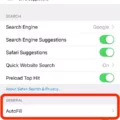

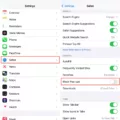

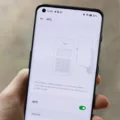

Your insights have added a lot to my understanding of this topic. Thanks for a great post!
Wow Thanks for this guide i find it hard to acquire decent knowledge out there when it comes to this subject matter appreciate for the review website
Wow Thanks for this piece of writing i find it hard to get excellent important information out there when it comes to this subject material thank for the write-up site